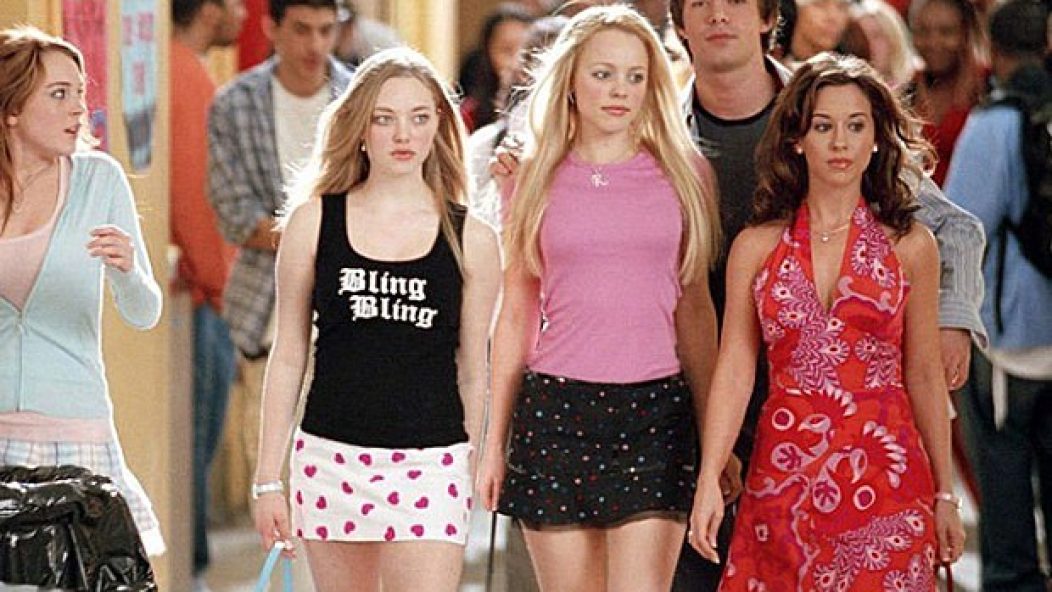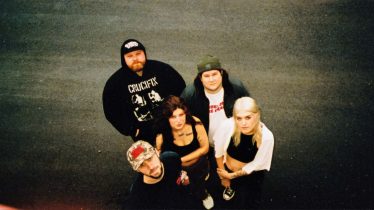
What happens to the “cool” kids after high school?
A new study published in the Child Development journal followed a group of 184 “cool” kids around for 10 years, starting at age 13 and continuing until age 23. “The fast-track kids didn’t turn out okay,” said Joseph P. Allen, lead author of the study, which shows that a lot of the cool kids—now grown up—struggle in many ways.
Now in their early 20s, many of the subjects have problems with relationships, drug/alcohol abuse and even criminal activity. Dr. Allen told the New York Times, “They are doing more extreme things to try to act cool, bragging about drinking three six-packs on a Saturday night, and their peers are thinking, ‘These kids are not socially competent.’ They’re still living in their middle-school world.”
The Study’s main focus is on the “pseudomature” behavior of the cool kids, which is defined by three popularity-seeking characteristics. According to the Times, they “sought out friends who were physically attractive; their romances were more numerous, emotionally intense and sexually exploring than those of their peers; and they dabbled in minor delinquency — skipping school, sneaking into movies, vandalism.”
After the subjects turned 23, they had a 45 percent greater rate of problems from drug and alcohol use. They also had a 22 percent greater rate of criminal activity and got along with their peers substantially less than the average young adult.
In the study, Dr. Allen suggests that the reason for this “downward spiral” is that while they were chasing popularity at a young age, they missed a critical developmental period. Their early attempts to act older and “cool” seem to have stunted their social growth.
The New York Times points out a specific subject from the study, a popular young boy:
“Dr. Allen offered one typical biography from the study. At 14, the boy was popular. He had numerous relationships, kissed more than six girls, flung himself into minor forms of trouble, and surrounded himself with good-looking friends. By 22, he was a high-school dropout, had many problems associated with drinking, including work absenteeism and arrests for drunken driving. He is unemployed and still prone to minor thefts and vandalism.”









